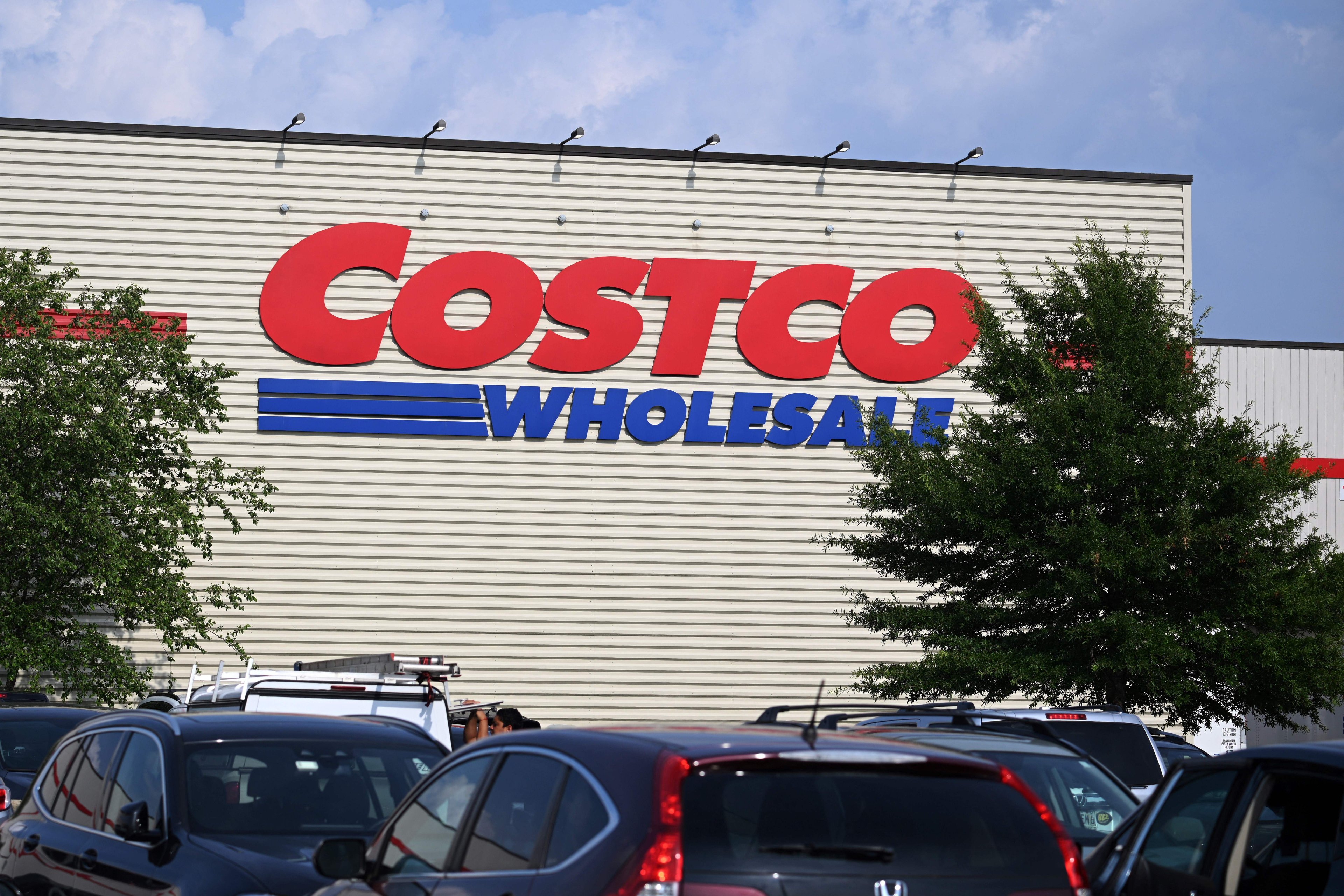Costco Wholesale (COST +0.00%) has built an impressive in-store experience.
Unlike visiting a traditional retailer, a trip to the warehouse club chain counts as entertainment. You never know what you might see on any one visit, nor do you know what items might be offered as samples, or when something you never knew you wanted but have to have will appear.
That plus the chain's low-cost bulk purchase model keeps consumers flocking to its stores. That has been good for business, and it has given Costco an admirable, nearly unbelievable customer retention rate.
But focusing on driving store traffic has come a cost for the chain. Costco has largely ignored its digital side. CFO Richard A. Galanti explained the company's digital strategy during its second-quarter earnings call (transcript from S&P Capital IQ). And what he said shows that he knows a weakness exists, but he -- and the rest of top management -- doesn't seem to think it's a big problem.
"We try to not avoid it or be arrogant about it, but also recognize we try not to freak out about it," he said. "I really feel pretty good fundamentally about our company and what we've got going on. ... And things could change, but we're -- we'll keep trying to do a few things on the Internet more, but we're going to take it steady."
Steady sounds good, but as the market changes around Costco and physical stores become less of a draw, not having a real digital strategy could become a major liability very quickly.

Costco has made its stores its big draw and that may ultimately be its undoing. Image source: author.
Why is this a big problem for Costco?
Consumer shopping habits are changing. Physical retailers such as Macy's (M +0.79%) and Sears Holdings (SHLD +0.00%) have struggled to survive as consumers are fleeing to the internet. Costco has largely been able to avoid those struggles, but there are recent signs that the company may be having trouble getting consumers into its stores.
For the past four, 16, and 52 weeks, as of the end of August, Costco reported 0% comparable sales growth across its United States, Canada, and Other International segments. Overall sales were up 2% globally during that period because of new store openings, but the flat growth in already-open stores for a full year should raise some eyebrows.
Those numbers could mean that online retailers have started to sap Costco's business as they have for Macy's and Sears. For Costco, it may not be a massive drop. It could be as simple as fewer visitors from loyal members because they can buy from an online retailer at a comparable price without leaving their home.
If people are visiting less often, it's not the sale that matters for Costco; it's how its members think when renewal time comes around. Given that the chain makes 75% of its profit from membership fees, its success doesn't actually depend upon having people come to the stores. But if people don't come to its stores, they may at some point decide that renewing doesn't make any sense.
What does Costco need to do?
The warehouse club needs to make its digital marketing as compelling as its in-store experience. That means doing more than just sending an email to members with various online sales each week.
That seems like a daunting task, but there are a number of websites that have made online shopping an event-like experience. Woot.com, an Amazon.com (AMZN 1.78%) company, has made its daily deals something consumers check on regularly, causing people to buy things they may never have known they wanted. Amazon itself has done the same with its made-up Prime Day holiday, as well as through sales on Black Friday and Cyber Monday (and throughout the holiday season).
If Costco wants to protect its membership base, the company needs to widen its laser focus on bringing people into stores and start worrying about getting them to go to its website. That's a big challenge, but it's a solvable problem as long as the company decides it's something it actually wants to pay attention to.






